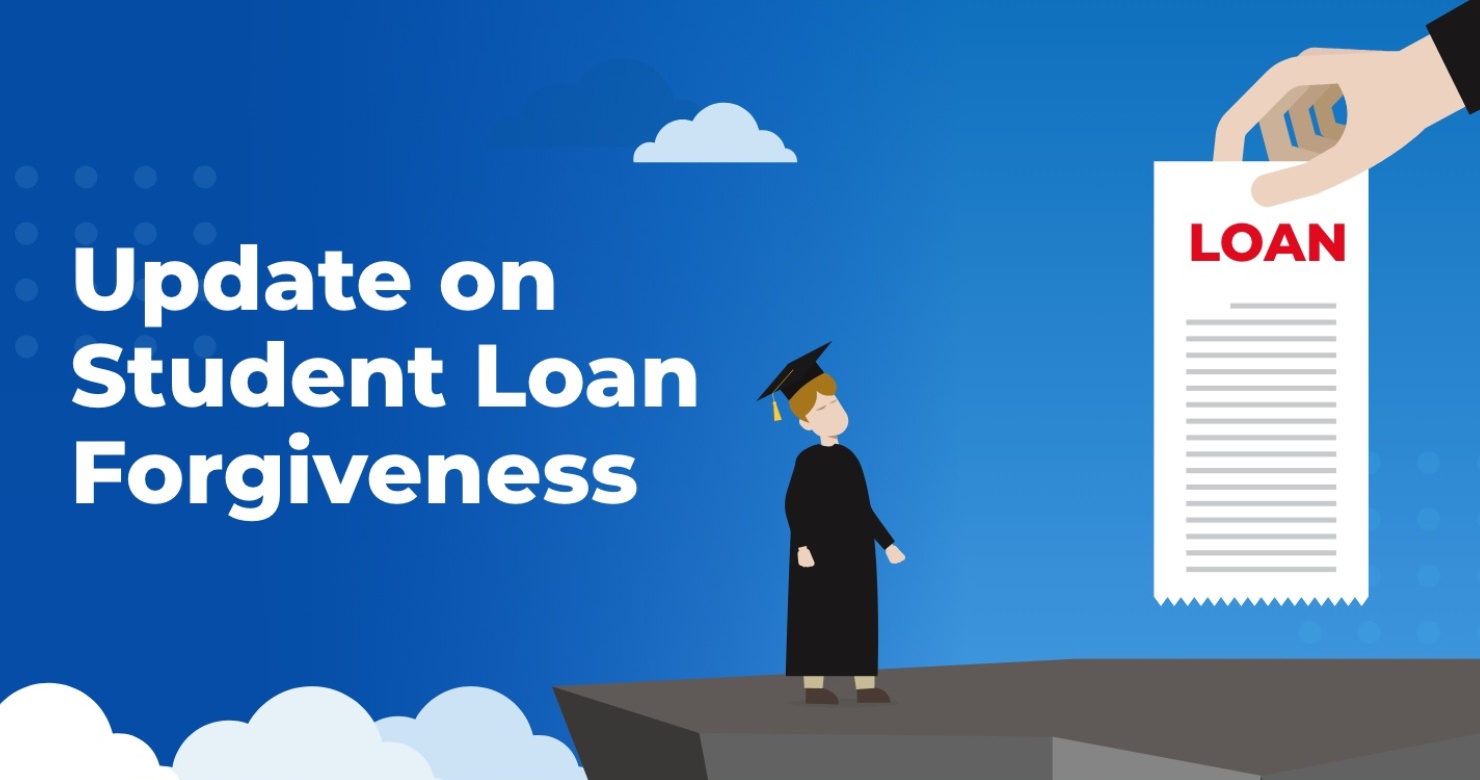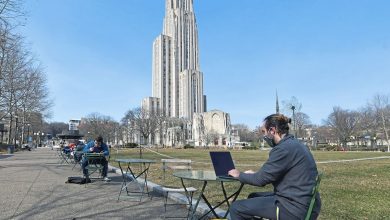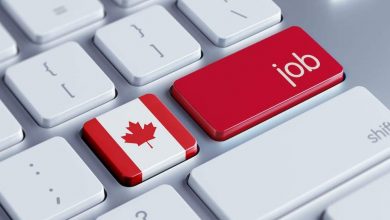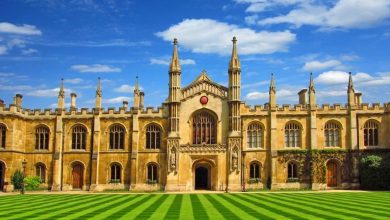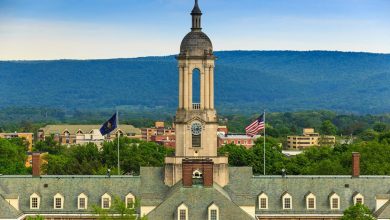President Biden to Extend Pause on Student Loan Forgiveness
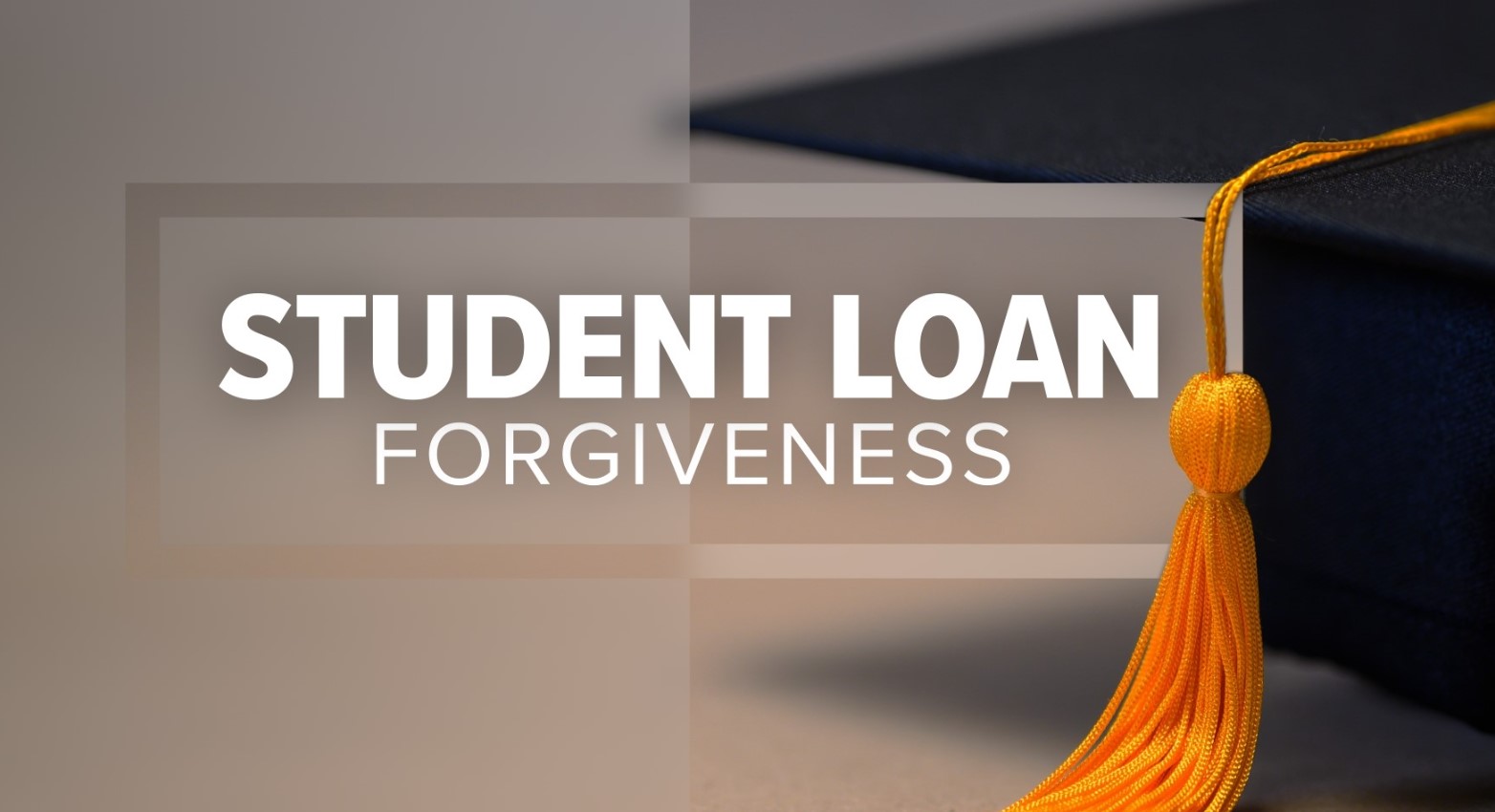
Borrowers who receive student loan forgiveness are relieved of their duty to make partial or full repayment of their federal student loan debt. For the sake of financing their post-secondary education, these borrowers have taken out loans. Some debt types are eligible for forgiveness. But only those who work in particular public service, academic, or military occupations are eligible.
The Process of Student Loan Forgiveness
Long-standing worries about the rising cost of student debt have been heightened by the recent. Widely reported failure of several for-profit colleges and the 2020 economic crisis brought on by the pandemic. Widespread loan forgiveness for all borrowers, not only those who work in public service. Taking part in a repayment plan, or having experienced college fraud, has emerged as a hotly contested political topic.
In finance jargon, loan forgiveness refers to the elimination of all or a portion of a debt. Freeing the borrower of their need to pay it back. Although every student loan could theoretically be forgiven. Student loan forgiveness typically only applies to loans that were issued or backed by the United States government. 92% of the nation’s total student loans are in the form of these loans.
In other words, even if the loans are designated for students. The well-recognized forgiveness programs do not apply to any privately issued loans, such as those from a commercial bank or lenders like Sallie Mae.
Fact Sheet
President Biden thinks that post-secondary education should be a ticket to a middle-class lifestyle. But for too many people, the cost of student loan debt is a lifetime weight that denies them that chance. He pledged to reduce student loan debt during the campaign. In order to provide families breathing room as they get ready to start repaying loans following the economic crisis brought on by the pandemic. The Biden Administration is now making good on that promise.
Even after adjusting for inflation, the overall cost of a four-year college has increased by almost thrice since 1980 for both public and private institutions. Federal funding has not kept up: Pell Grants, which formerly paid almost 80% of the cost of a four-year degree at a public university for students from working households, now barely pay a third of that cost. This has forced a lot of students from low- and middle-income families to borrow money in order to finish their degrees. An analysis by the Department of Education found that the typical undergraduate borrower now graduates with roughly $25,000 in debt.
The student loan repayment suspension’s final extension
The Biden-Harris Administration has repeatedly prolonged the suspension of student loan repayment because of the economic difficulties brought on by the pandemic. As a result, since President Biden took office, no one who has a debt that is owned by the federal government has been required to make a single loan payment. The Biden-Harris Administration will further extend the moratorium through December 31, 2022. With payments resuming in January 2023. In order to facilitate a smooth transition to repayment and avoid unwarranted defaults.
